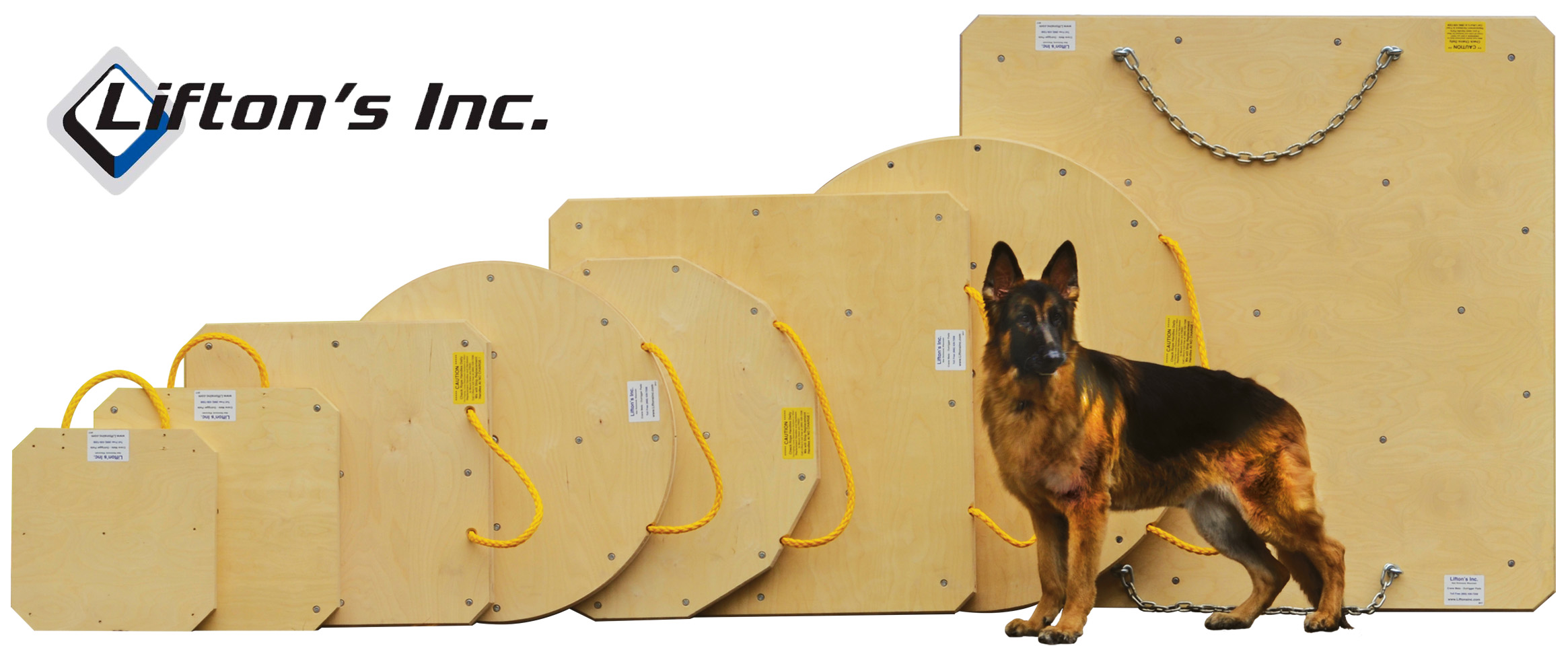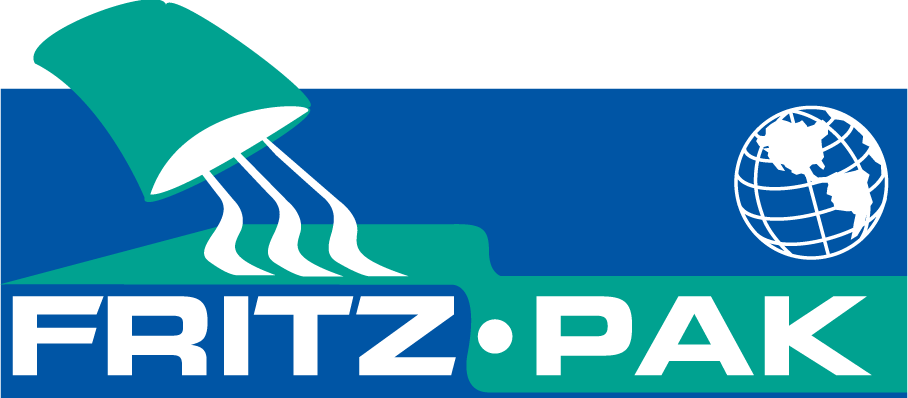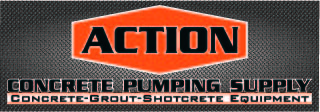| whole9yards | 01-04-2014 | comment profile send pm notify |
|
I got another call from an operator saying his feeder scraper wasn't cleaning properly. I asked if he had rotated the blade on this 6 month-old machine. He had not, but had the springs pulled up to the last link. This is old stuff, but I'll put out again. Many times info isn't passed along to the second or third operator of the machine. Telebelt scrapers are carbide, but they do wear. In order for them to work, they must have a good edge that is not rounded or grooved. Since they are rectangular, they have 4 useable edges. How long do they last? It depends on the mixes, output and placement rates. A properly maintained and tensioned scraper wipes the belt clean. When the blade wears, grout will come past the scraper. Tightening the springs will get you through the day, but you need to rotate the blade at your next opportunity. Over tensioned, dull scrapers don't work, and the extra tension is not good for the splices. A good edge only requires about 30 - 40 pounds of spring tension. A handy gauge for this are the spring coils. I use the cover of a pocket notebook, about the thickness of 2 business cards, as a feeler gauge. Sometimes I have to go a little tighter, but too tight will give you black powder (rubber) on the blade carrier; back off a little. Lines of grout are a different story. They indicate rocks caught in the scraper blade. Take the time to fix this, or you will get permanent grooves worn in the belt. Once that happens, you can only get rid of the grooves as the belt wears down. On the main belt, you can usually stop the belt and telescope out a little. The belt will reverse through the blade and might flip the rock out. It's OK to hit the back of the blade carrier with a hammer, just don't hit the blade. On the feeder, you will have to clean the blade. There is access, on the ends of the scraper, where you can use a tool to pull the rock out. On the older 105s, there is room to tap the back of the blade carrier. More tricks: 1. Current production uses carriage bolts to hold the blades. Older 105s used slotted screws. They can be converted. 2. Tighten the center bolt first, using nylon insert nuts, and work out to the ends. Do not over tighten, use hand tools. Replace skirts that are torn or worn out. 3. Put a second nut behind the nylon insert nut. This is not needed for "double nutting," but it helps keep the threads clean. 4. Squirt silicone in the counter-bored area around the nuts. This makes it easier to get it apart next time. Finally, the main and feeder scraper assemblies of the 105s look the same, but there are not. Putzmeister modified the main scraper by tilting the blade back a few degrees. This was necessary because the reduced height of the rails tipped the blade forward so the back edge was wiping. It took a lot more spring tension to get this to work, and grout packed on top of the blade. An earlier "Tricks of The Trade" article details this. If both assemblies have blades at right angles to the arms, your machine was built before the modification and can be updated. Assemblies with right angles are for the feeder. Assemblies with the blade tilted back are for the main. Current production assemblies are easier to identify. The feeder scraper arms are much shorter. |
||

_1.png)









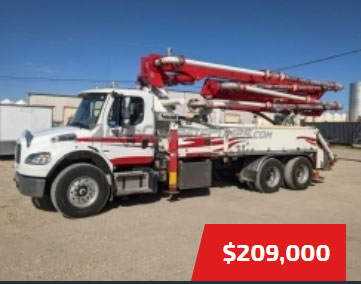




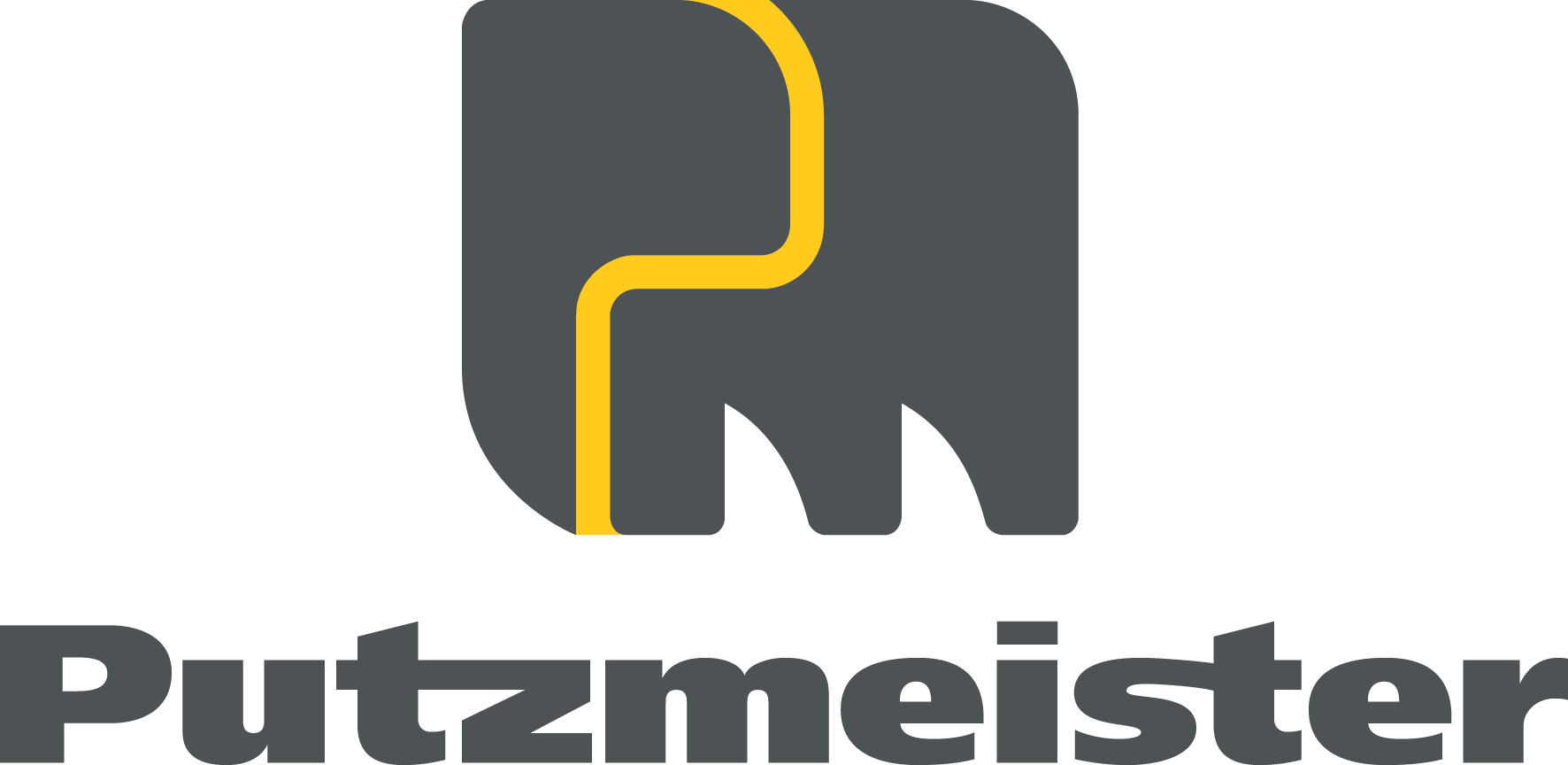



.jpg)
.gif)

.jpg)









.jpg)
